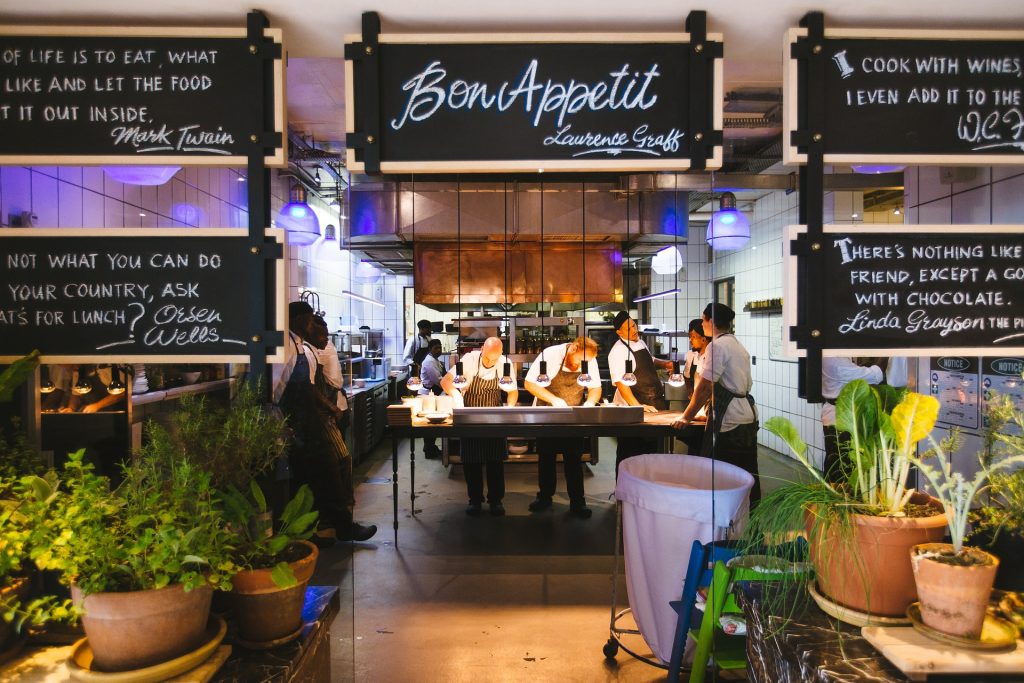Training for Success
The facts are clear and well known throughout the food and beverage industry; we have the highest turnover of employees of almost any industry, and our employee retentions rates are exceedingly low. Retention is an issue that can be addressed through the culture inside your location, however training is a factor that can affect both retention and turnover. Training can help you to instil your culture into your new hires and designing the training process so that it’s of the most benefit to your location and the new employee you’re on-boarding is crucial. How do you do this?
Peer-to-Peer Training
You may want to train your new employees personally so that you know they’ve receive the exact instructions that you want them to, however, the reality is that this isn’t how things go. Having one of your trusted employees train your new staff helps to integrate the new hire into your team. It also allows the trainer to teach the trainee any quirks of your systems and your location. This style of training helps strengthen team bonds and can also give the trainer an elevated sense of pride and place.
Fostering inter-team bonds and making your team members feel like an important part of, and trusted person, in your location can help increase employee retention, therefore reducing your turnover. Don’t always turn to your highest level, longest standing employees to conduct your peer-to-peer training, having much newer employees undertake this task can give them confidence and help them review what they learnt not too long ago.
Sandbox Environment
It is important to have a “sandbox” environment or “test” mode for your new employee to really play with and get to grips with your POS system. This allows them to play around without the fear of making any mistakes.
Designing the Training
Don’t immediately overload your new employee with ideas, concepts, menus and rules and restrictions. Introduce them to all of these factors throughout their training period. It’s going to be down to you, the depth of the training and the complexity and size of your location as to how long the training is going to take. You may also want to consider assigning your new hire with a mentor, who will, more than likely, also be their trainer. This person is scheduled for the same shifts as the new hire after their training has been completed, and can be a friendly face whom is ever present for them to turn to with their questions without fear of retribution.

Feedback
After the training is complete, and then again a few weeks later, ask your new employee if they have any additional questions and if there’s anything they thought was missing from the training process they just went through. Ask the trainer also, and periodically ask your employees if there were things they wish they’d be told when they started. Sometimes these items will just creep out in day to day conversations, so remember to keep your ears pricked.
Feed all of this information back into your training plan, omitting and adding things as necessary.
The training process is going to be ever evolving, not just as things in your restaurant change but also as your culture and society itself evolves and changes. If you can integrate new employees into your location through peer-to-peer training and also use that to make other employees feel more valued and trusted then you’re fostering the culture and work environment you want. Which, in the longterm, will hopefully help you reduce turnover and increase retention.



